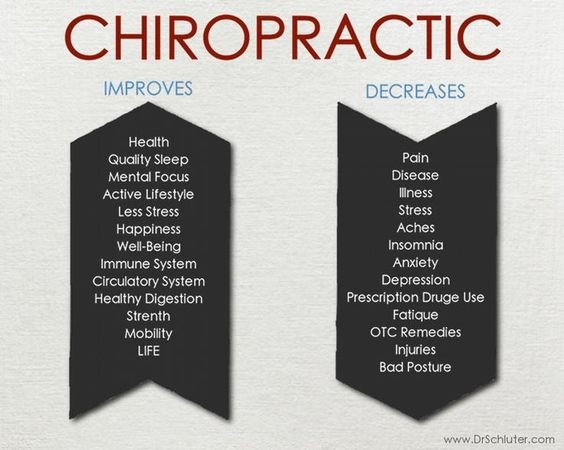What Devices Permit Cold Laser Treatment To Utilize Light For Innovative Healing, And What Future Breakthroughs Can We Expect In Pain Management?
What Devices Permit Cold Laser Treatment To Utilize Light For Innovative Healing, And What Future Breakthroughs Can We Expect In Pain Management?
Blog Article
Web Content By-Ennis Ziegler
When taking into consideration alternative therapies, cold laser treatment sticks out as a result of its special method to recovery. By using particular wavelengths of light, it targets mobile features and promotes recuperation in a non-invasive way. This approach not just improves ATP production but also aids in reducing swelling and discomfort. As research study remains to unfold, the implications for rehab and pain management could be substantial. What does this mean for future treatment choices?
The Devices of Cold Laser Therapy
Cold laser treatment, likewise known as low-level laser therapy (LLLT), works by stimulating mobile function through the application of particular wavelengths of light.
When the laser light penetrates your skin, it engages with the mitochondria in your cells, boosting ATP production. https://www.bostonherald.com/2020/08/11/laser-treatment-for-coronavirus-shows-positive-results-in-patient-with-severe-disease/ in ATP energizes your cells, advertising healing and regeneration.
The light additionally affects cell membranes, boosting their permeability and promoting nutrition absorption while removing toxins. Additionally, cold laser therapy triggers the release of endorphins and lowers inflammation, assisting your body respond better to injury.
You'll experience improved blood circulation as the treatment boosts capillary development, guaranteeing that oxygen and nutrients get to broken cells more efficiently.
Recognizing these mechanisms can aid you value its potential in advertising recuperation.
Potential Advantages of Cold Laser Therapy
When considering choices for pain alleviation and healing, you might locate cold laser treatment to be an attractive alternative. This non-invasive strategy can help reduce inflammation, alleviate pain, and promote cells fixing.
Lots of people report quicker recuperation times from injuries and surgeries after undergoing cold laser therapy. It's particularly useful for problems like arthritis, tendonitis, and muscle mass stress.
cellulite reduction salem might likewise value that it has marginal adverse effects contrasted to pharmaceuticals. In addition, cold laser therapy can enhance flow, which aids in supplying nutrients and oxygen to harmed locations.
Current Study and Scientific Applications
As rate of interest in cold laser treatment expands, scientists are exploring its different applications and performance in clinical setups. You'll find researches investigating its function hurting monitoring, injury recovery, and reducing swelling.
In physical treatment, professionals use cold laser treatment to enhance recovery in sports injuries, while dental experts are discovering it advantageous for treating dental pain and periodontal problems. Continuous tests are evaluating its potential in dealing with problems like joint inflammation and neuropathy.
These studies aim to establish standard procedures and dosages, making sure safety and effectiveness. As even more proof emerges, you might see cold laser therapy becoming a staple in both rehabilitation and pain management, offering people a non-invasive option that matches conventional treatments.
Conclusion
To conclude, cold laser treatment offers an encouraging approach to healing by utilizing details wavelengths of light to boost mobile functions and promote healing. With advantages like enhanced blood flow, minimized inflammation, and pain relief, it's becoming a beneficial choice for numerous problems. As stamford gum regrowth treatment remains to develop standard protocols, you can eagerly anticipate higher approval of this non-invasive treatment in recovery practices and pain monitoring methods, making it a possible game-changer for many clients.
